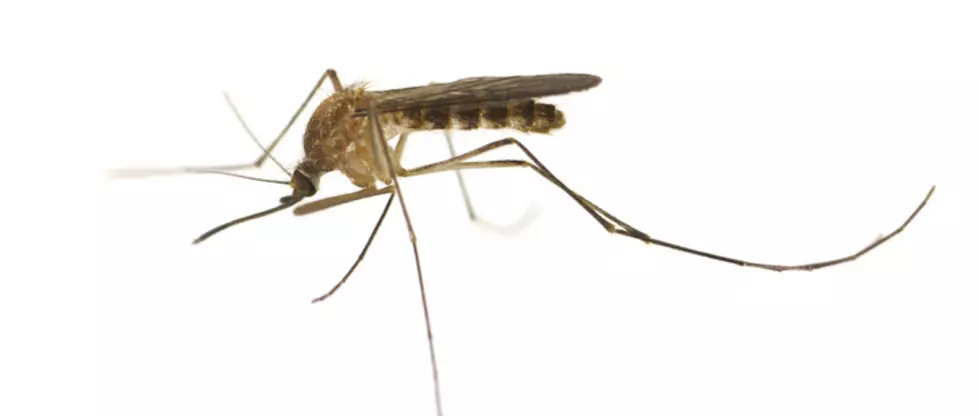
First Human Cases of West Nile Virus Reported in Montana
The Montana Department of Health and Human Services has confirmed the first both equine and human cases of West Nile virus discovered in the state.
Lead Epidemiologist for the Communicable Disease Control and Prevention Bureau, Stacey Anderson provided details about the human exposures.
“The cases have been reported in both Custer County and Lewis and Clark County,” said Anderson. “This is what we expect to see this time of year. About two weeks ago we let folks know that we had detected West Nile in mosquitoes, and that’s the sign that the West Nile season is on its way, and almost like clockwork, wouldn’t you know it, we have our first two human cases.”
Anderson said there was also an equine exposure closer to Missoula.
“We’ve also had a positive equine case, or a horse, out of Lake County and that is also not unexpected,” she said. “We typically see the disease go from mosquitoes to horses to humans almost every season.”
Anderson described some of the symptoms associated with West Nile Virus.
“Most people who become infected with West Nile experience no symptoms, however about 1 in 5 develop a mild illness, with symptoms such as headache, body aches, joint pains, vomiting, diarrhea or a rash,” she said. “Other individuals, fewer than 1 out of 150, may become severely ill with encephalitis or meningitis, that’s the inflammation of the brain or surrounding tissues. Most people recover completely, but fatigue and weakness can last for weeks or even months.”
Both of the individuals who contracted West Nile Virus have been hospitalized.
A press release from DPHHS listed what are called the ‘Four D’s’ in West Nile Prevention.
‘DEET: Use insect repellent such as DEET or picaridin
Drain: Drain standing water around your house to prevent mosquito breeding
Dawn/Dusk: Mosquitoes are most active during dawn and dusk. Stay inside or take precautions to prevent mosquito bites during these times
Dress: When possible, wear long sleeved shirts and pants to protect yourself from bites.’




